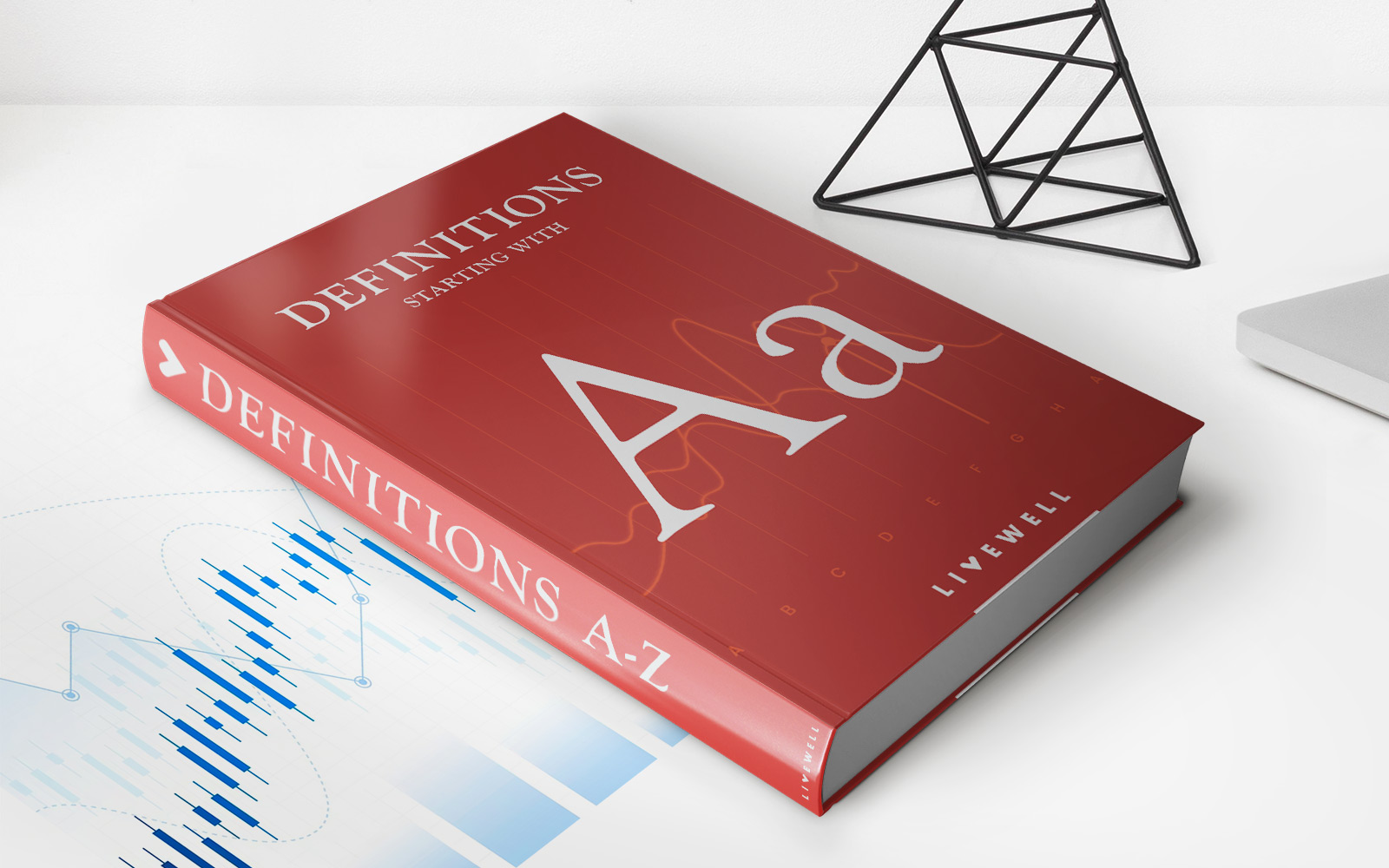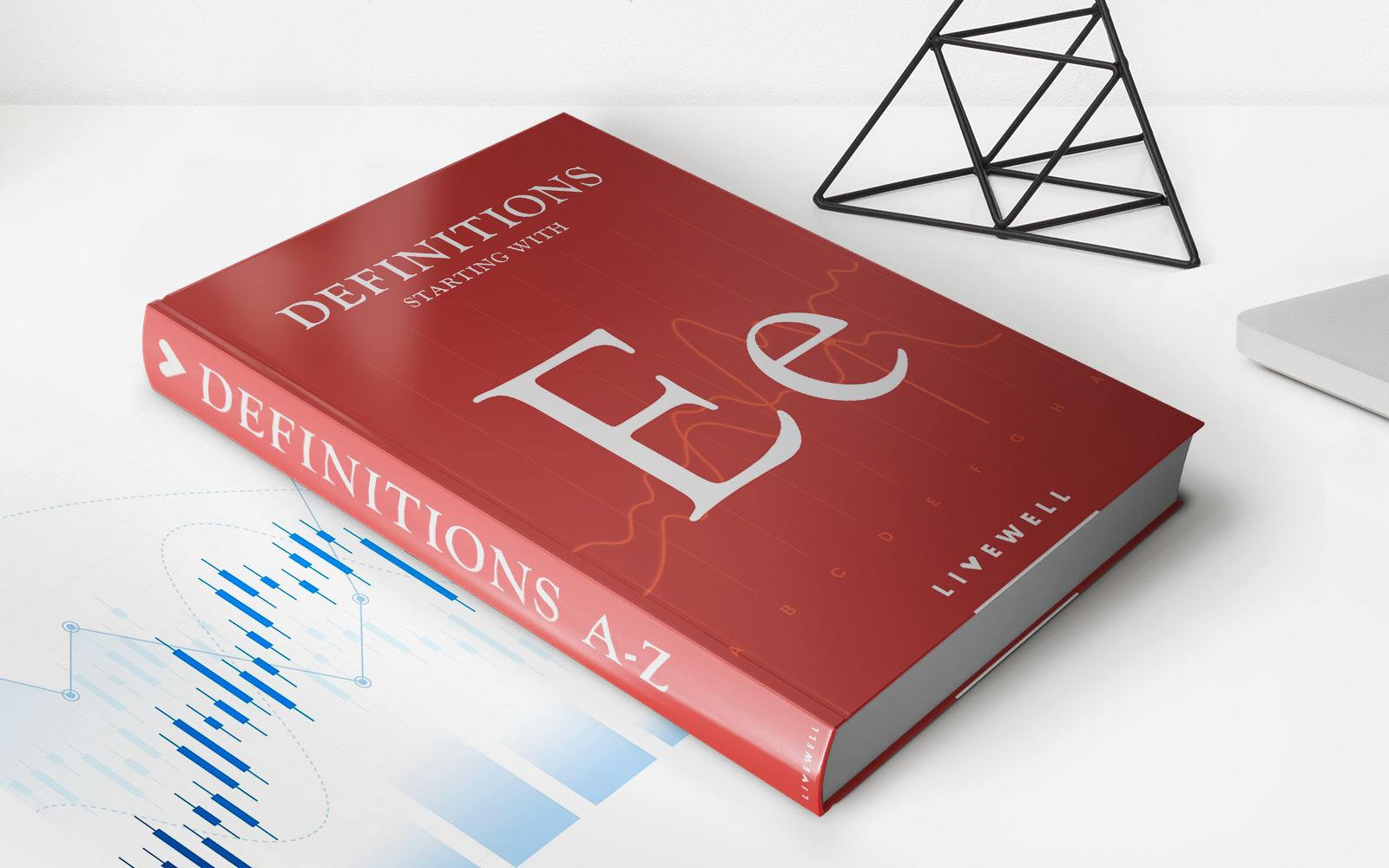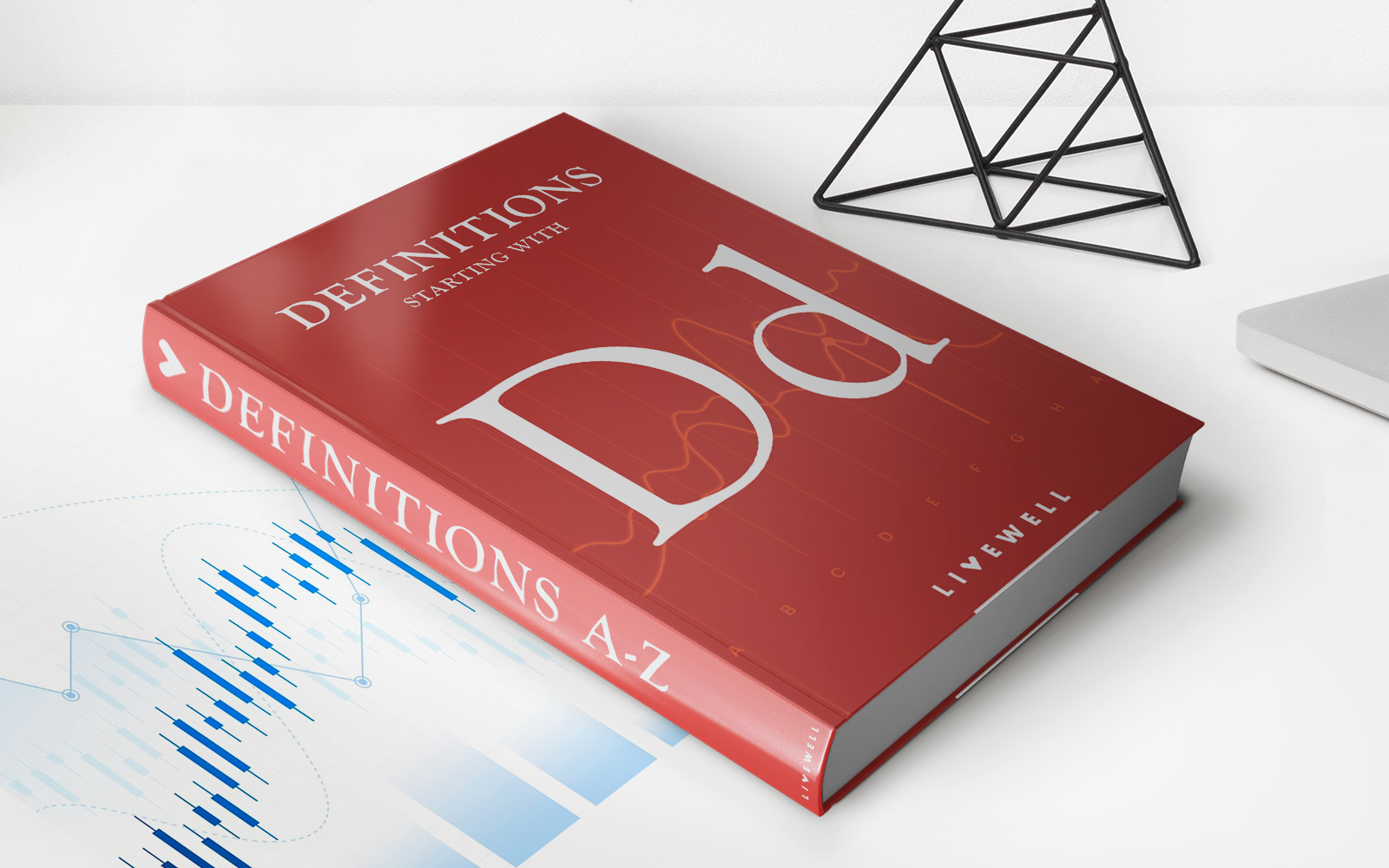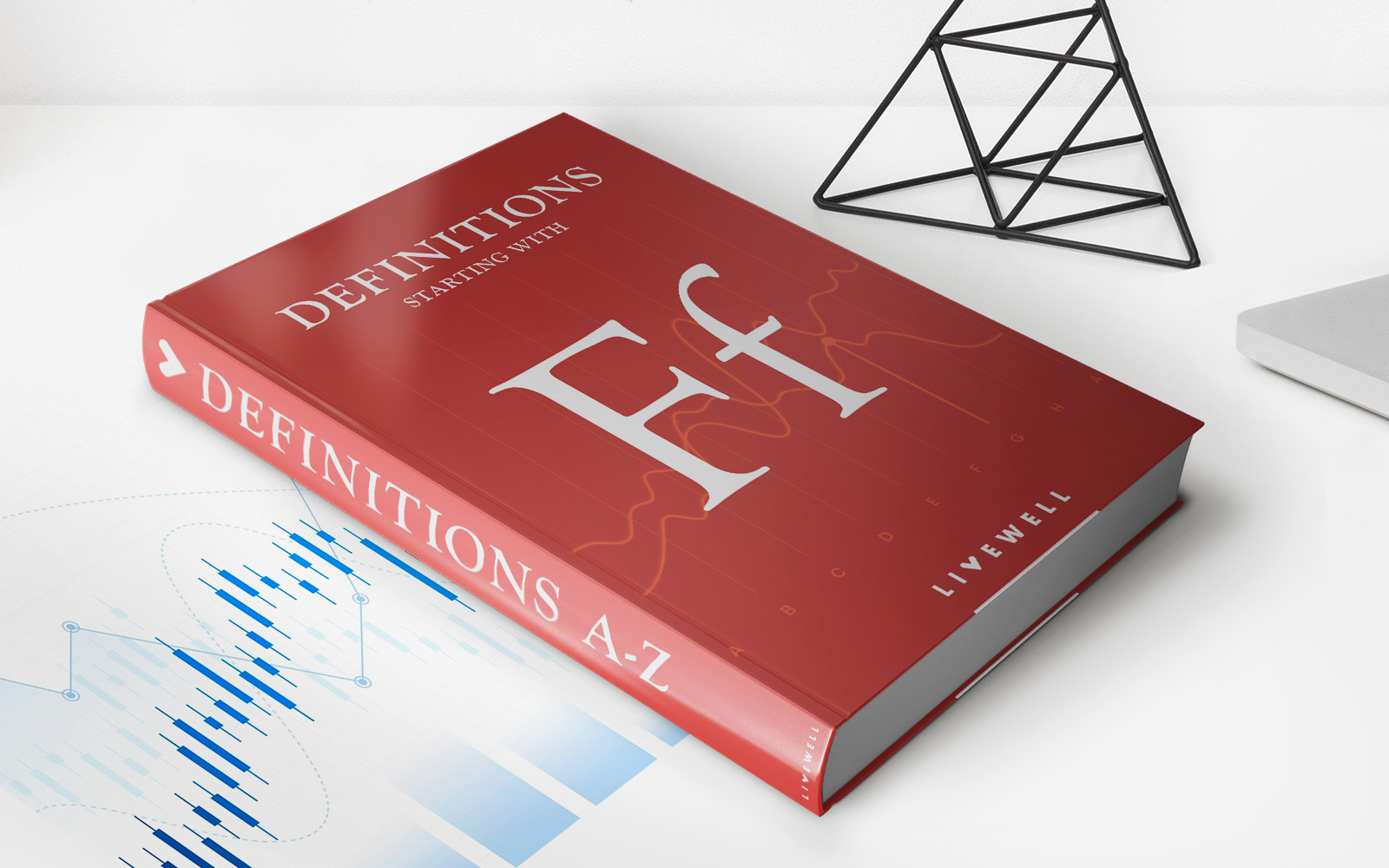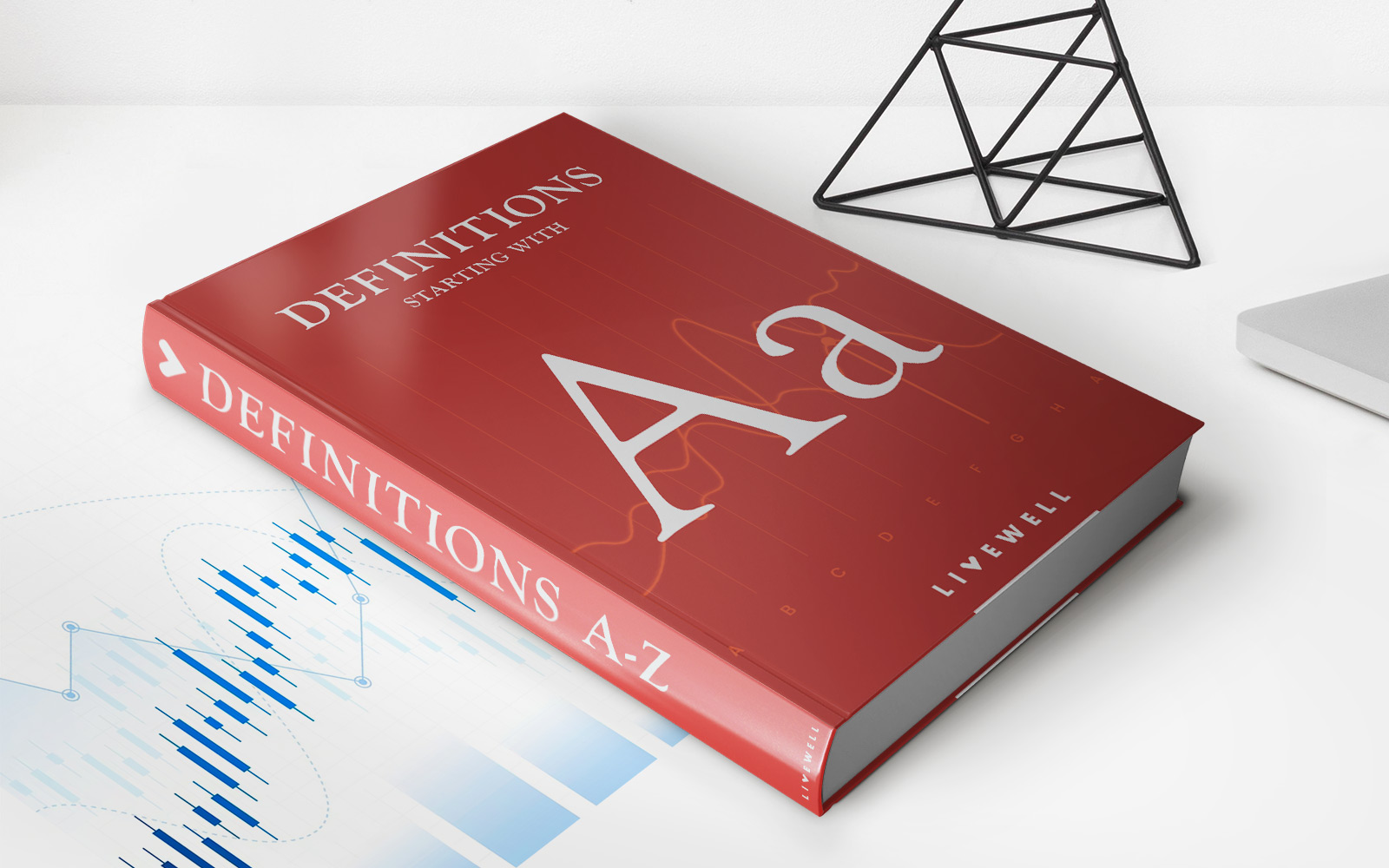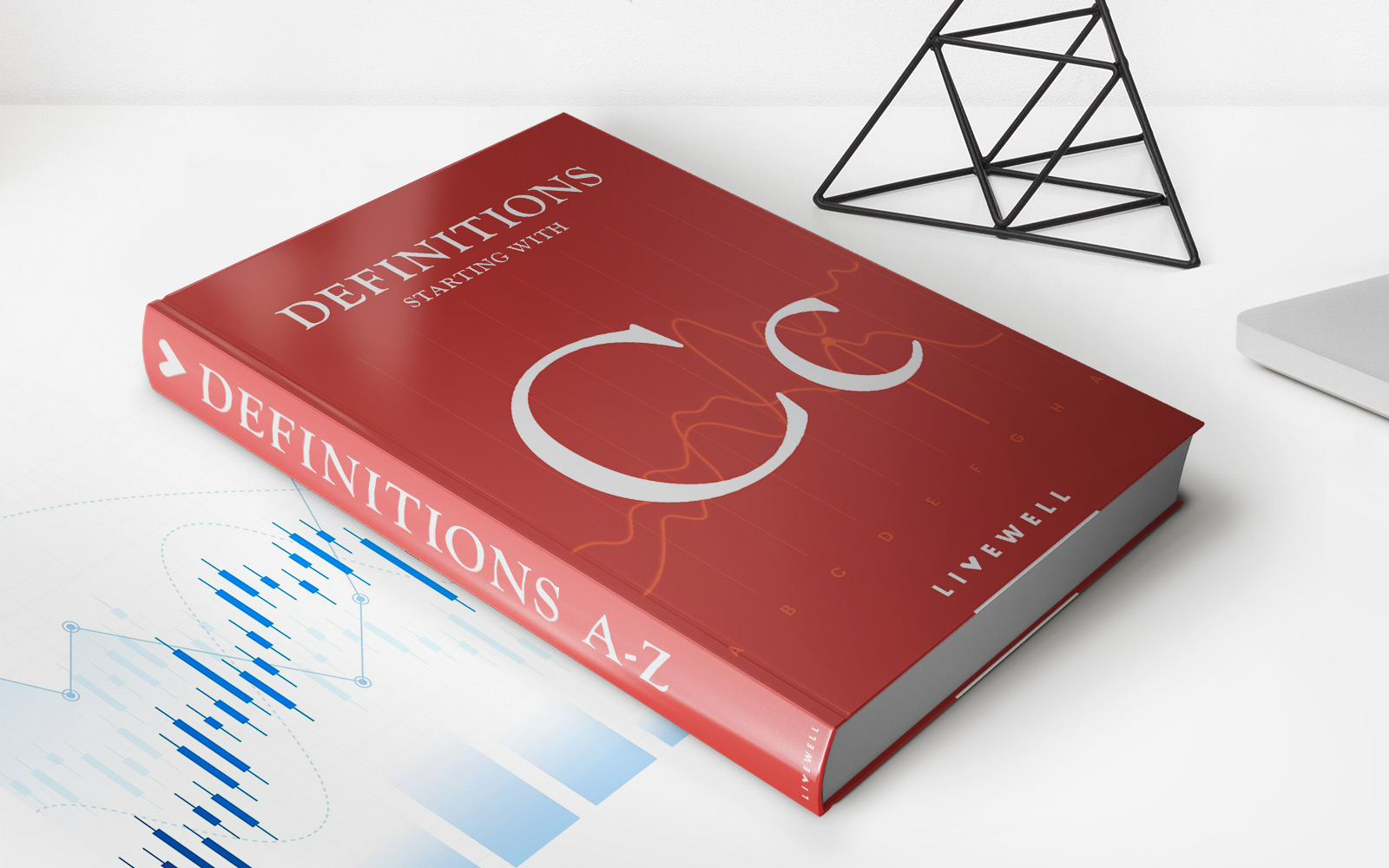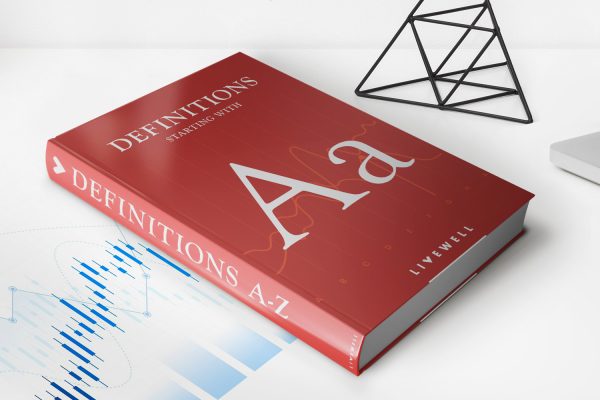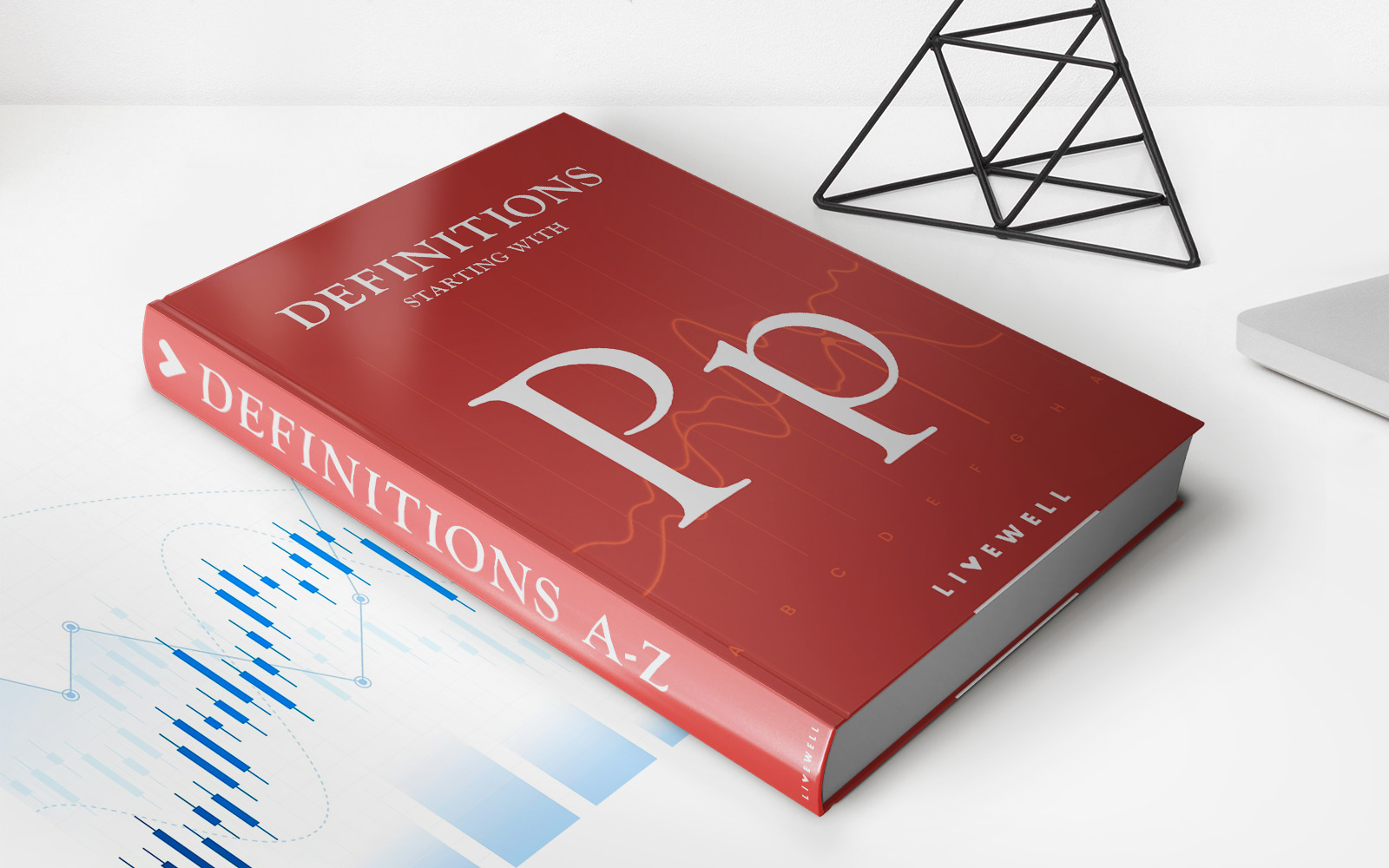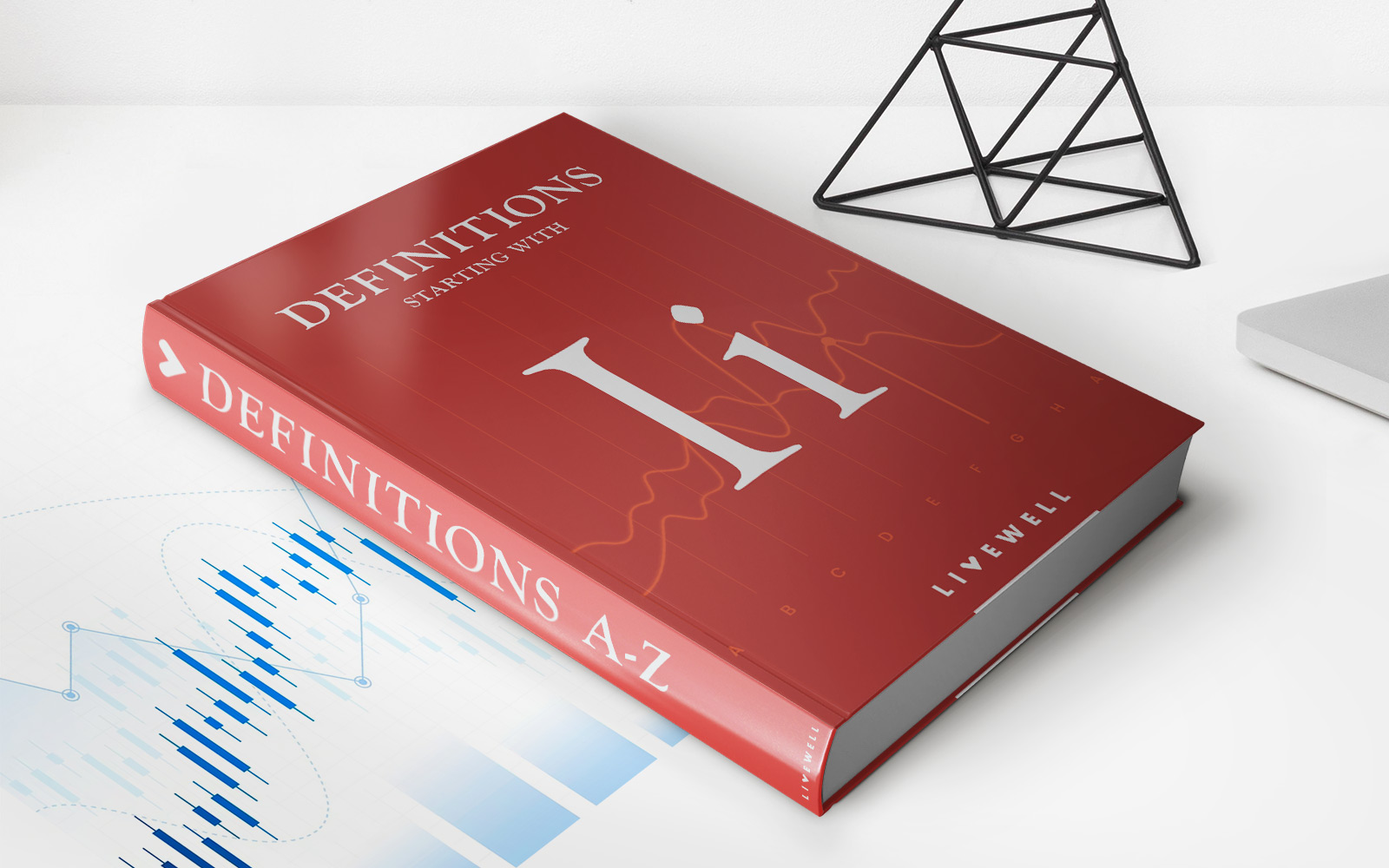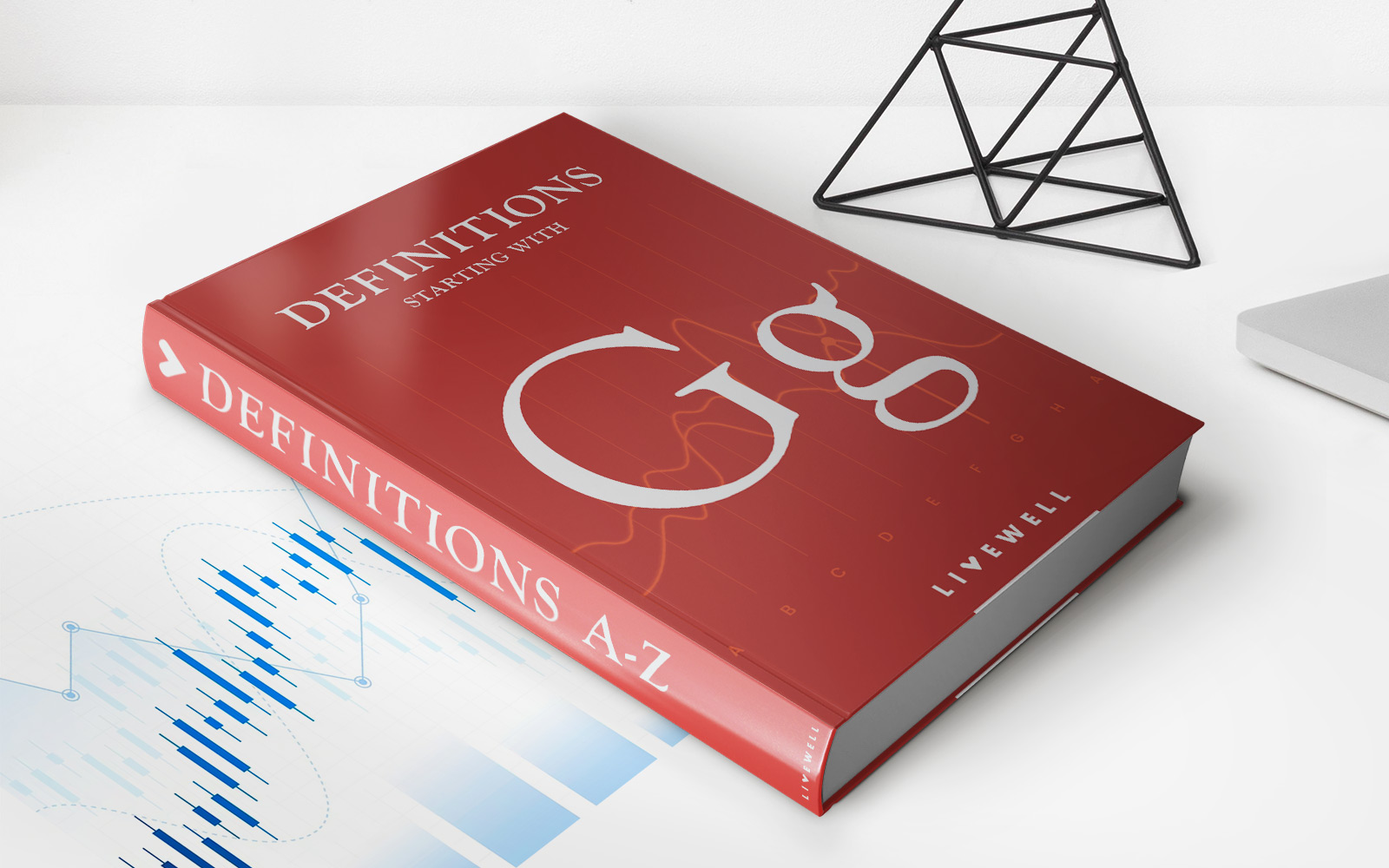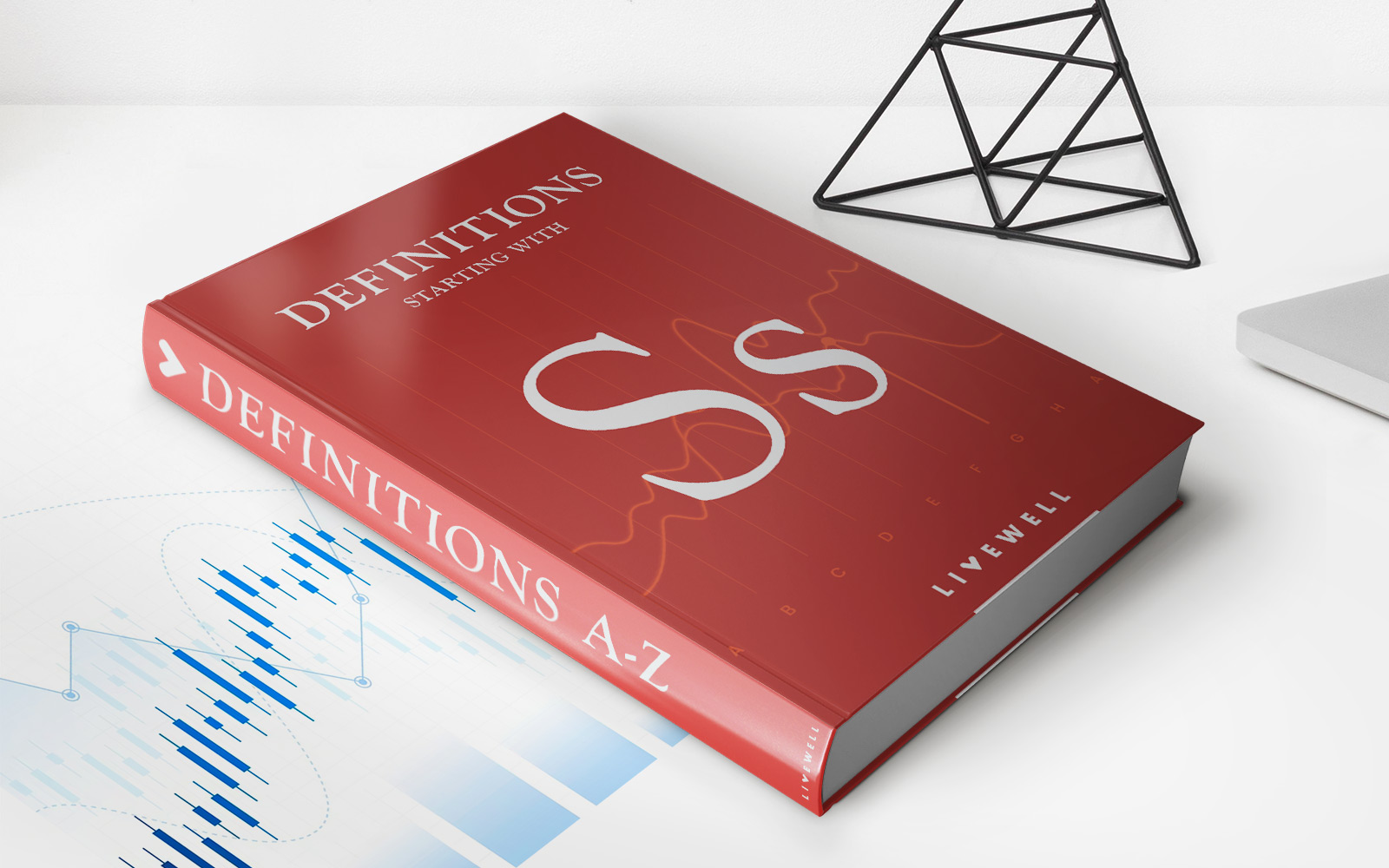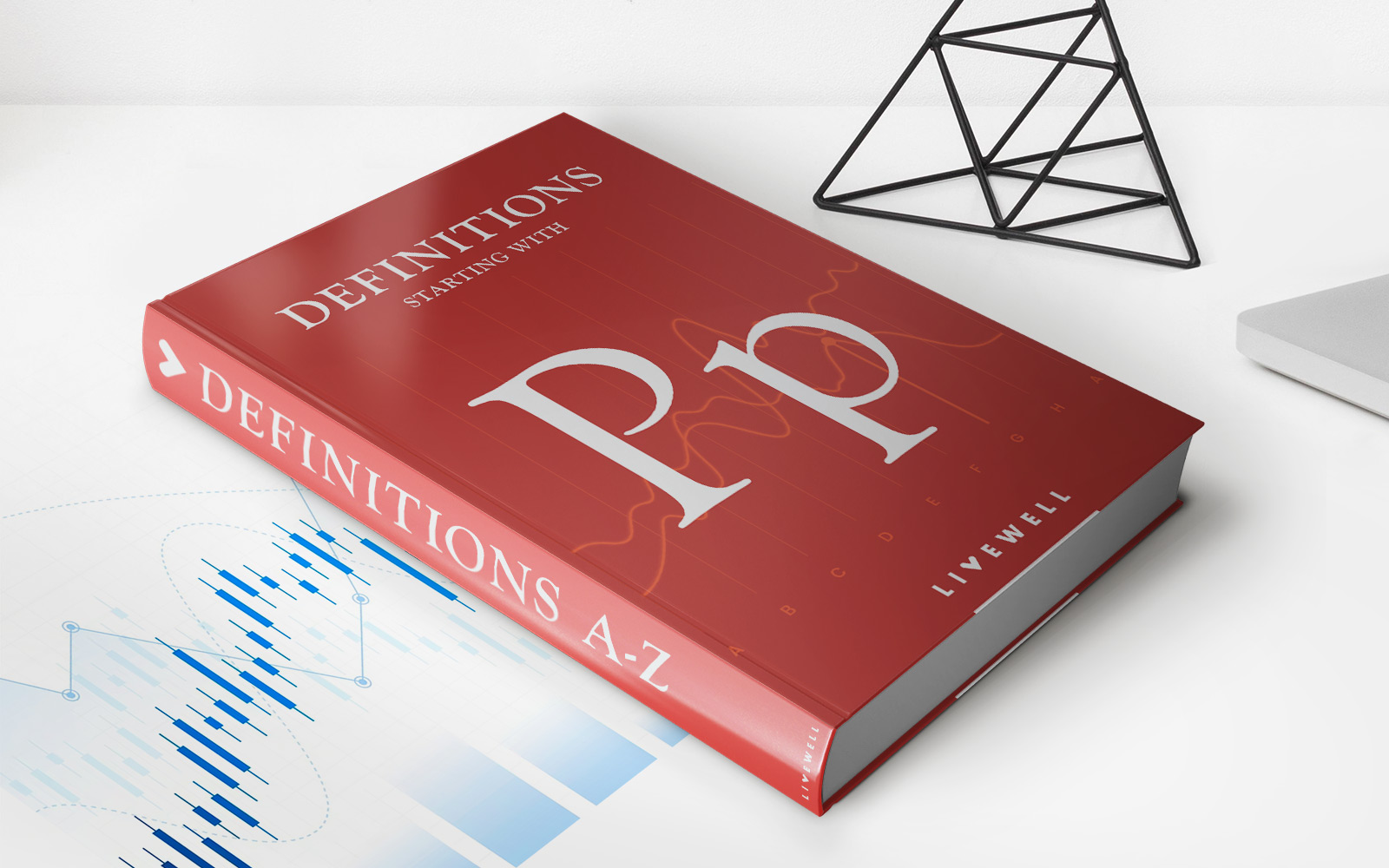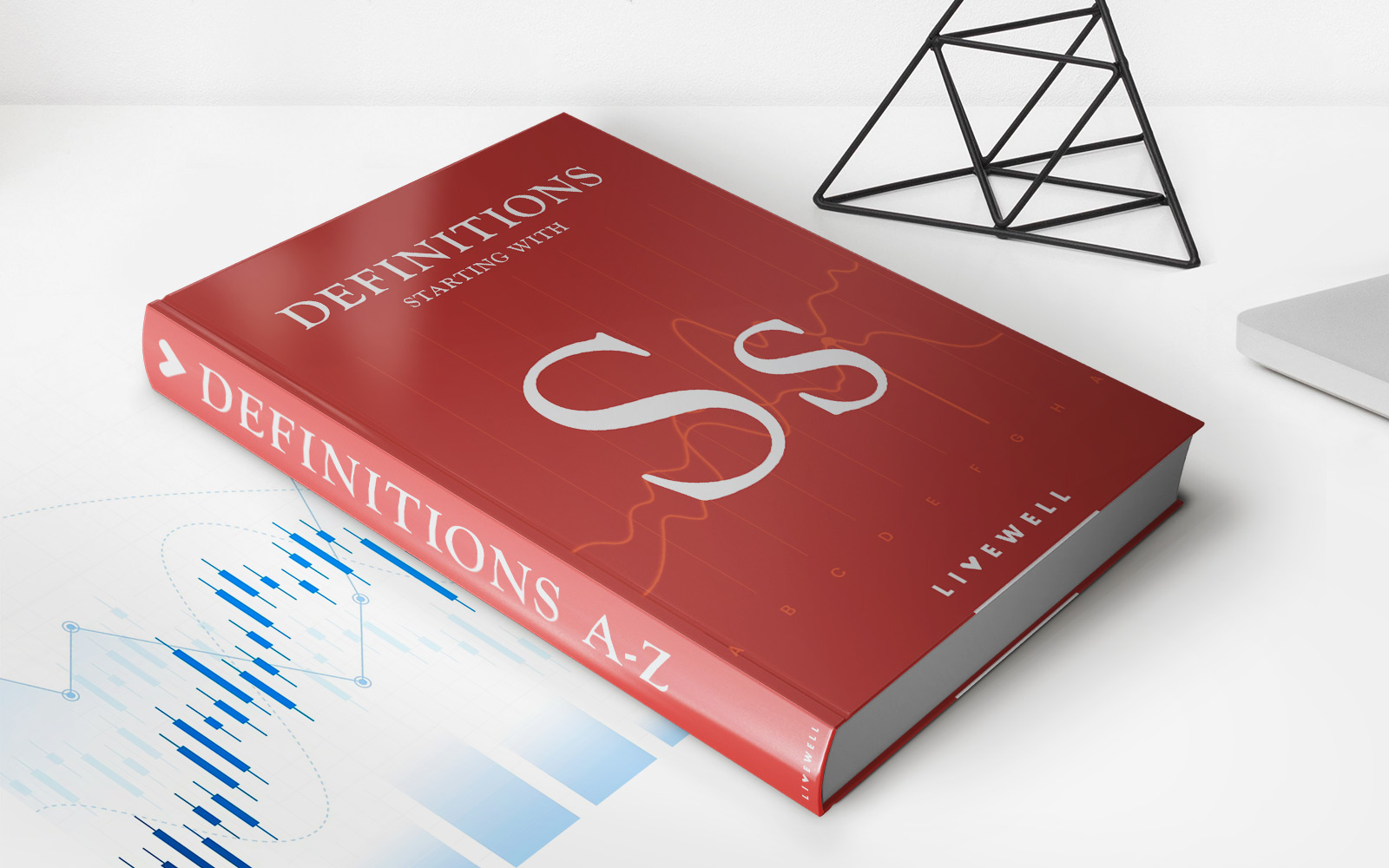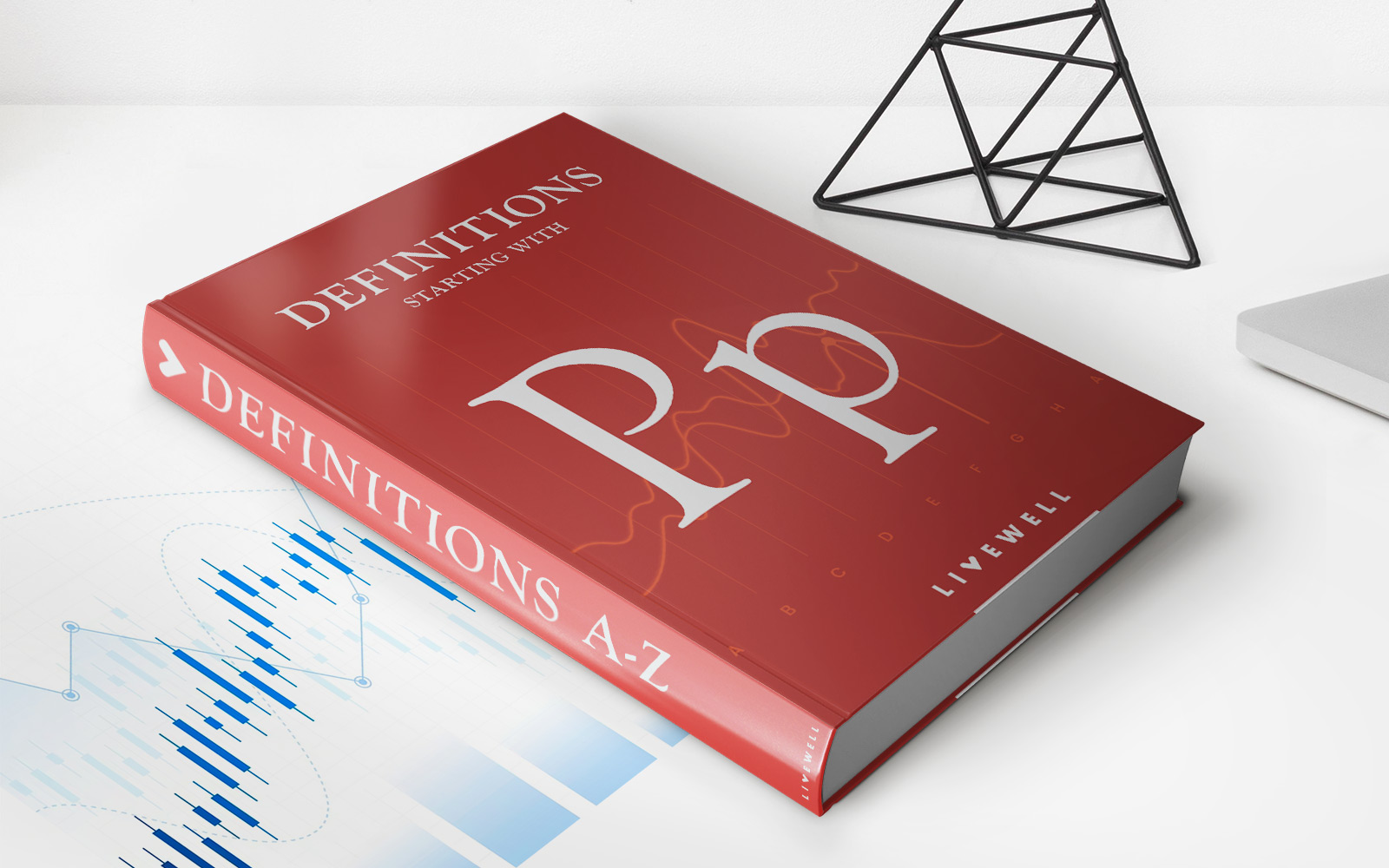

Finance
Previous Balance Method Definition
Published: January 10, 2024
Looking for the definition of the previous balance method in finance? Learn how this method calculates interest charges based on outstanding balances.
(Many of the links in this article redirect to a specific reviewed product. Your purchase of these products through affiliate links helps to generate commission for LiveWell, at no extra cost. Learn more)
Understanding the Previous Balance Method: A Smart Approach to Managing Your Finances
Welcome to the finance category of our blog! Here, we aim to provide you with insightful articles to help you make informed decisions about your money. Today, we’ll be diving into the previous balance method, a concept often used by financial institutions when calculating interest charges on credit cards. If you’ve ever wondered how this method works and how it affects your finances, you’ve come to the right place. Let’s explore the previous balance method definition and its implications together!
Key Takeaways:
- The previous balance method is a common approach used by credit card companies to calculate interest charges.
- Understanding how the previous balance method works can help you strategize and minimize your interest payments.
What is the Previous Balance Method?
The previous balance method is a way of determining the finance charges on your credit card by taking into consideration your balance from the previous billing cycle. When your credit card company employs this method, they calculate your finance charges based on the outstanding balance at the end of your last billing period. This means that any new purchases or payments made during the current billing cycle are not factored into the interest calculation.
At first, it may seem like the previous balance method is outdated or unfair. After all, shouldn’t the interest be calculated based on the current balance? However, credit card companies utilize this method to provide consistency and transparency in their interest charges. By using the previous balance as the starting point, they ensure that your interest charges are predictable and easy to understand.
How Does the Previous Balance Method Affect You?
If you carry a balance on your credit card from one billing cycle to another, understanding the previous balance method becomes crucial. Here’s how it can impact your finances:
- Interest Charges: As mentioned earlier, the previous balance method calculates interest based on the outstanding balance from the previous billing cycle. If you pay off your balance completely each month, you won’t incur any finance charges. However, if you carry a balance, the interest is added to your new balance, increasing the total amount you owe.
- Payment Allocation: When you make a payment on your credit card, the money is typically applied to different portions of your balance. In most cases, it goes towards interest, fees, and other charges first, with the remainder reducing your actual balance. Understanding how your payments are allocated can help you minimize interest expenses.
By leveraging your knowledge of the previous balance method, you can develop smart strategies to manage your credit card debt. Here are a few tips to consider:
- Pay your balance in full each month to avoid finance charges altogether.
- If you cannot pay off your balance completely, strive to make payments that exceed the minimum required amount to reduce the outstanding balance.
- Consider transferring your balance to a credit card with a lower interest rate to save on finance charges.
Ultimately, the previous balance method is an essential aspect of credit card management. By understanding how it works and taking appropriate actions, you can make confident financial decisions and stay in control of your money.
We hope this article has shed light on the previous balance method and its implications. Stay tuned for more finance-related content on our blog, where we will continue to provide useful tips and information to help you navigate the world of personal finance.
